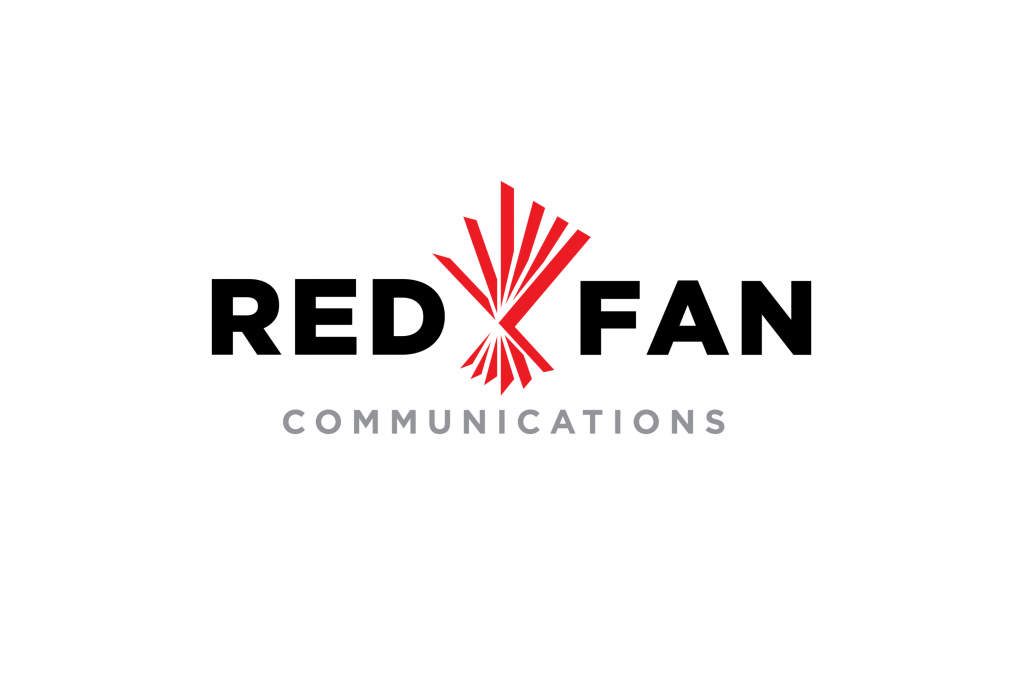A clever tagline likely comes to mind when you think about recognizable brands today. Nike encourages athletes to “just do it,” Airbnb reminds travelers that they can “belong anywhere,” and Disneyland promises that guests will visit “the happiest place on Earth.”
But a brand’s essence runs more profound than the phrases seen on billboards and commercials. These companies succeed, in part, due to internal brand understanding and the confidence they have in their own story.
Brand storytelling has become a more effective way to communicate with customers and potential customers, increasing from 17% to 24% effectiveness in the past year. Companies with a strong narrative foundation are more likely to succeed across KPIs like conversions, ROI, and customer acquisition and retention.
Since stories don’t write themselves, developing your narrative is a process that requires taking steps to reach the ultimate goal. Developing such a story starts with solid positioning and the rational expression of your strategy. Before you start creating logos and taglines, it’s essential to define who you are as a business and communicate your role and relevance in the market.
Ask defining questions: reflect on who you are and what you’re up against
When creating a brand, it’s important to develop a clear understanding of the fundamental elements that will compose your brand identity. This includes ensuring that all of your communications reflect your brand values. Failing to clearly articulate your core values and why your company matters results in messaging that is likely to fall flat with your intended audiences.
Take for example Dollar Shave Club, a brand that focuses on being affordable and effective for men’s grooming needs. The company’s products may not be new, but it’s positioning reflects a deep understanding of the brand, identifying what it does, who it’s for, and why it does it. This makes it different from competitors like Gillette, a brand focused on innovative product launches with features that go above and beyond the standard razor.
Think about your goals for your band, and what defines your company in comparison to competitors. To create an effective communications strategy, you’ll need to understand your purpose. This may require some research and introspection, but it will be worth it in the end.
Own your category: find the white space and stand out against competitors
Clear positioning, which lends itself to strong brand storytelling, has the added bonus of helping a company differentiate from competitors. Those who have a story to tell often claim the upper hand in a crowded market. Intriguing stories are up to 22 times more memorable than facts and can help communicate who your brand is and what it stands for.
Finding the white space that aligns with your values can also speed up your results. Travel lifestyle brand Away positions itself as “more than just luggage.” Away’s mission is to make modern travelers feel understood and to give everyone equitable access to travel. For customers, the brand’s story makes upgrading old luggage meaningful and provides a reason to choose it over competing brands.
Create consistency: align messaging across teams
Once the key elements of a brand story are decided, all employees should adopt the messaging in unison. This will help create a consistent and cohesive brand identity. If your team members lack awareness, it won’t matter how strong your positioning is.
A well-established internal communications plan ensures information is disseminated consistently across the company. Whether your role is in sales, marketing, client management, business development or operations, your understanding of the company’s vision and mission should be the same. Moreover, internal communications should breed engagement and excitement among colleagues. Enthusiasm gains trust. When employees rally around their company’s mission and values, customers will notice and results follow.
Addressing audiences with messaging that caters to their specific needs is paramount. Attempting to be everything to everybody is a pitfall that tends to have the opposite effect. To ensure that your company’s brand is not lost in the shuffle, company leaders should align internally on the brand persona and provide resources to support key messages.
Tell Your Story with Red Fan’s Brand Positioning and Narrative Lab
Crafting your brand narrative is a challenging process. It will take time and several iterations to get it right. Utilizing Red Fan’s Brand Positioning and Narrative Lab can help you develop your company’s story and learn how to communicate it effectively. Whether you’re preparing for a funding round, expanding into a new market, or refreshing your messaging to better align with your target audiences, it’s never too late to evaluate your strategy.
Our experts want to help you maximize your growth potential faster. We conduct research to assess your competitors and market, survey your teams, and have meaningful conversations about how your brand, products, market, employees, customers, media and other stakeholders interact with each other.
The end result is customized brand positioning that tells your story. Regardless of your end goal, brand positioning sets the foundation for your communications strategy. It’s worth it to thoroughly assess your messaging and improve it before taking the next step in your business plan.






